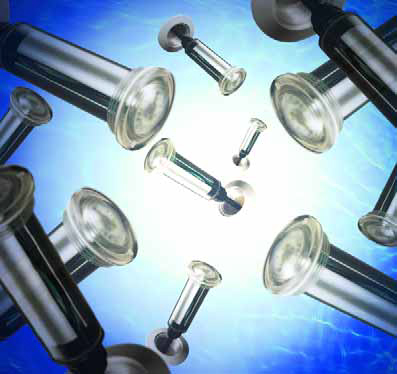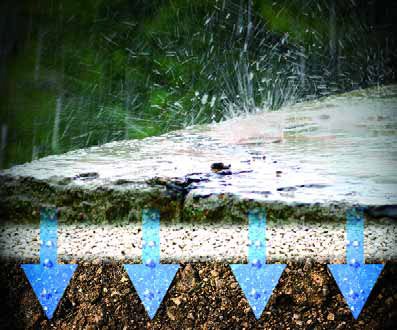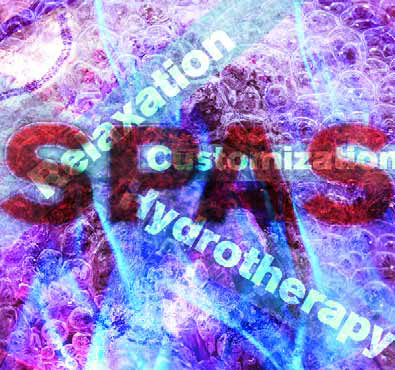ARTICLES
Advance Search
Aquatic Health
Aquatic Health, Fitness & Safety
Around the Internet
Aquatic Culture
Aquatic Technology
Artful Endeavors
Celebrity Corner
Life Aquatic
Must-See Watershapes
People with Cameras
Watershapes in the Headlines
Art/Architectural History
Book & Media Reviews
Commentaries, Interviews & Profiles
Concrete Science
Environment
Fountains
Geotechnical
Join the Dialogue
Landscape, Plants, Hardscape & Decks
Lighter Side
Ripples
Test Your Knowledge
The Aquatic Quiz
Other Waterfeatures (from birdbaths to lakes)
Outdoor Living, Fire Features, Amenities & Lighting
Plants
Ponds, Streams & Waterfalls
Pools & Spas
Professional Watershaping
Structures (Editor's Notes)
Travelogues & History
Water Chemistry
WaterShapes TV
WaterShapes World Blog
Web Links
Around the Internet
Aquatic Culture
Aquatic Technology
Artful Endeavors
Celebrity Corner
Life Aquatic
Must-See Watershapes
People with Cameras
Watershapes in the Headlines
Boston’s Big Dig was essentially a Big Fix. Officially known as the Central Artery Tunnel Project, it served to repair damage done to the heart of the city by the Interstate Highway program during the 1950s and ’60s. In Boston’s case, the federal government had stepped in and inserted a primary traffic artery through what had been a downtrodden area near the waterfront. Its intentions may have been good, but I-93 ran north to south and separated the city’s historic downtown area from its storied waterfront – a disastrous decision that did little more than create decades’ worth of traffic nightmares. Ultimately, it also required remediation on a scale seldom seen in the course of human history. Planning for the project began in 1982, initiating what would become
In January 2008, southern California’s Orange County Water District unveiled its Groundwater Replenishment System, a treatment and reuse facility dedicated to producing water to resupply the county’s beleaguered groundwater reserves. A year later, Eric Herman toured the facility, getting a behind-the-scenes look at a thought-provoking system that is setting new standards for water treatment, management and use. While I was preparing our “True Green” issue for publication last summer, a friend invited me to tour the Groundwater Replenishment System, an advanced, 70-million-gallon-per-day water-purification facility located in Fountain Valley, Calif. The invitation to visit this joint project of the Orange County Water District and the Orange County Sanitation District came through
On a recent trip to Spain, Paolo Benedetti and his family took a side-trip to Portugal and happened on some Roman ruins that opened his eyes to a whole new set of possibilities. Here, in a most unusual ‘Solutions’ piece, he describes his encounters with the technologies used to heat an ancient residential indoor swimming pool as well as a collections of pools that made up the public-bath system for a seaside outpost of the Roman Empire. As a pointed expression of the growing global concern over the earth’s changing climate, lots of my clients these days are asking me about alternative methods for heating their pools. It’s a reasonable concern, and I don’t think it will be going away anytime soon. Part of the problem in answering these questions is that neither I nor my clients want to go out on technological limbs and invest in leading-edge or green ideas that have yet to prove themselves. The rest of it probably has to do with the phenomenon of
Last month, we began our discussion of a large pond, stream and waterfall system for a historic upper Midwest estate found on the forested shore of a scenic lake. As related there, the project was to include three major ponds and a series of complex waterfall structures connected by streams rising close to the top of the gently sloping property. To sum up, the space we were working with measured approximately 300 feet wide and 800 feet long – a large section of a 35-acre estate marked by scores of mature trees that largely governed the watershapes’ configurations. Moreover, as there were no natural rock formations or outcroppings on site, we faced the need to
It has always bothered me: Why do we take devices that draw electrical current and install them in aquatic environments where humans get in the water? Even if precautions are taken, isn’t this risky business? To be sure, suppliers have come up with all sorts of measures designed to protect bathers from any potential hazard, and I have nothing but praise for the ingenuity they’ve displayed in surrounding their products with safeguards that minimize concern. But based on my own observations and experience, I must say that
I’ve taken up a fair amount of my column space in WaterShapes with discussions of the wise use of water, and for good reason: What could be more important to watershapers than knowing how to make the best possible use of the material that defines our profession? And what could be better than the fact that it’s possible to approach the subject in positive ways that bode well for the future? The common thread in all of this coverage – whether it’s about conservation, constructed wetlands or rainwater harvesting – is that, ultimately, our aim must be to
It seems like ages ago, those glowing days when a spa – whether separate from or connected somehow to a swimming pool – stood on the absolute cutting edge of residential watershaping. These days, by contrast, systems designed to deliver hot water and hydrotherapy to our clients have become so familiar that they’re almost taken for granted. From what I’ve heard, it’s almost reached the point where discussions leading up to some of the best custom projects are treating spas as
If you’re like most people, you probably don’t give much thought to where the water we drink originates. Our supplies of this precious commodity are so reliable, ample and safe that we mostly just go to the tap and use what we need. I was once that carefree, but no more. As I see it, ignorant bliss is actually inexcusable these days, not only because each of us needs a ready supply of potable water to survive and maintain the quality of our lives, but also because
Concrete is an utterly amazing material, but it’s so widely used – so pervasive in our world – that it’s easy for the average person to take it for granted and barely give it a second thought. As watershapers, of course, we don’t have the luxury of underestimating concrete: With the sole exception of water, it’s far and away the most essential of all the materials we use across a huge range of applications. We simply could not do what we do without it. But how often do we deploy concrete in purely aesthetic ways? Some of us use artificial rock or specialized decking treatments, but isn’t it mostly true that we build our structures from concrete and then systematically cover it up with plaster, stone, tile or some other surfacing material? It didn’t take long for me to start
With watershapes, sometimes the most straightforward forms work out best. That was definitely the case with this project, a swimming pool I designed and built for a beach club near my home in Guanacaste, Costa Rica. The club is part of an overall resort property known as Reserva Conchal, an utterly spectacular spread covering 2,500 acres on scenic Playa Conchal on our country’s north Pacific coast. I first became involved with the resort’s owners about ten years ago, when they were completing their first phase and I helped them solve some problems with a pool that had been built by another firm. Since then, as the owners’ master plan has gradually unfolded, I’ve worked with them on a number of pools in various spots around the huge property, including watershapes for various condominiums and other facilities. My involvement with their newly constructed club has been, by far, the most






















